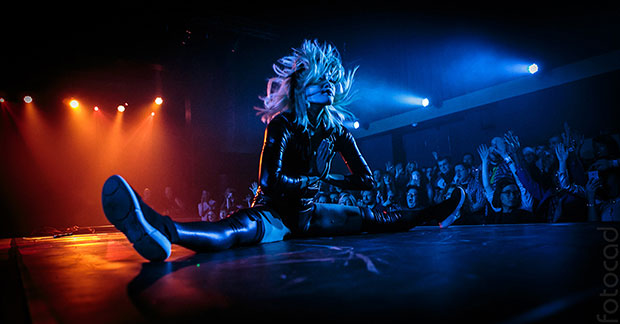
© Fotocad. (Click image for larger version)
Vogue: The Unlimited House of Krip
Part of Unlimited Festival at Southbank Centre
London, Clore Ballroom
8 September 2018
weareunlimited.org.uk/the-unlimited-house-of-krip
www.southbankcentre.co.uk/whats-on/festivals-series/unlimited
www.southbankcentre.co.uk
House music fills the Clore Ballroom at the Southbank Centre; sounds from the black, gay underground club scene predominant in New York and Chicago in the 80’s. The beats vibrate across the generous space which has been transformed into a catwalk ready for Vogue: The Unlimited House of Krip. Members of the House of Krip take us on a fascinating journey through the world of vogue dancing and House Balls where competitions take place between different ‘families’ of voguers. No ordinary ‘House’, Krip is formed by deaf and disabled dancers and their story is an amazing one.
Charismatic actor/film director/writer Rikki Beadle-Blair chaired the event, part of the Southbank Centre’s Unlimited festival, which included the screening of a recent documentary made about the formation of the House of Krip, a panel discussion, workshops and a showcase. Beadle-Blair succinctly contextualised vogue’s history before asking us to find our “inner black gay boy” as the original vogue houses consisted of unemployed or homeless young black and latino gay men who were regarded as outcasts by their black and white straight neighbours. They found their voices and community through a dance culture which imitated powerful celebrities and fashion icons. However, Beadle-Blair tells me later that as voguing has now become mainstream with the influence of celebrities such as Madonna, Beyoncé, shows such as RuPaul’s Drag Race and the ascendance of gay culture, it is now dominated by women. The queer purists can’t appreciate that!
From the documentary directed by Garry Robson of First Take Film and Media, we meet choreographer, Mark Smith and producer Adrian Turrell-Watts who discuss their ideas behind forming a House of deaf and disabled dancers. When they initially auditioned they were surprised that only a few deaf dancers turned up so they created a mini house of four exceptional performers. Smith who is a deaf choreographer himself was inspired by the similarities between demonstrative sign language, BSL, and the precise, angular arms actions of voguing which frame the face in geometric configurations. He discusses with the dancers how the bass, rhythms and syncopation inherent in House dance music works well for deaf or partially deaf dancers as they can feel the beats and vibrations. With hearing aids, they can even hear the percussion and this is important as voguing dancers respond to the emotional impact of the music in order to create highly nuanced movement.
As we learnt in the workshop, there are different vogue characters, styles and moods: ‘Old school’ from the 80’s which is the purist form of vogue, danced with a straight back, expressionless face and meticulous arm work as well as the odd ‘dead drop’; 90’s style which reflecting the changing music, is more athletic and technical, and ‘New’ which incorporates different combinations and uses the whole body.
The documentary also charts the rehearsals of the company as they prepare to take part in their first competition at Liverpool’s House of Suarez Se7en Deadly Sins Ball last year. In these vogue ‘battles’ the dancers are judged against different criteria which includes dance technique and narrative, costumes, themes and lip-syncing. They also have to perform in several categories such as solo, realness, sex siren and fantasy – there is a whole voguing vocabulary which is sometimes self-explanatory but often not. Just to give you an idea – ‘slay queen’ means someone who is unbelievably awesome, ‘shade’ refers to an ugly drag queen and ‘cunty’ an ultra- feminine drag queen! Performing at the ball is all about your ‘act’ and ‘attitude’. During a vogue competition you have to contend with thousands of spectators, pumping music, a long, narrow stage and comments, both appreciative and bitchy being hurled at you by other participants. It’s not for the shy or unconfident and when each of the Krip dancers described how they had to overcome their fear about performing at these Balls, I could sympathise.
Smith describes his choreography as a fusion of BSC, voguing, story-telling and style and here they took inspiration from Richard III. When we see footage from the House of Suarez Balls in Liverpool and Manchester, the costumes and make-up are fantastical and surreal. It’s all about excess, parody, subversive displays of gender and desire which make voguing so riveting to watch. However, as I watch the film I wonder whether it will lose its deviant sexual edge as it becomes commercial and heterosexual.
During the discussion following the film, the performers were asked what they felt about being the members of a house called, controversially ‘Krip’ (short for ‘Cripple’). Natasha Julien says that she feels it embodies all the positive and negatives of her experience as a deaf dancer, while Charlie Hembrow points out that he has embraced the title and compares it to ‘fag’ or ‘queer’ which have all been reclaimed as positive labels by the gay community. Caroline Parker and Ariel Fung agree that although initially they found the word troubling, it lost its offensive connotations when they started to own it.
As I left the Southbank, after an enlightening afternoon, I reflected on how inspirational and courageous the family members of The House of Krip were, dancers and directors alike. They had proved that deaf dancers could not only perform in highly competitive vogue balls, but also go on to win. Unlimited, they certainly are.








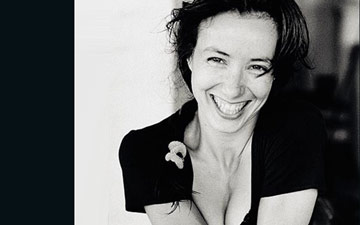
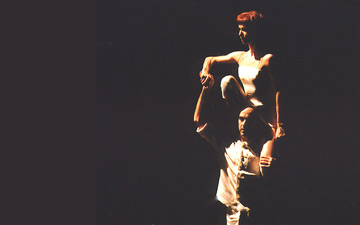



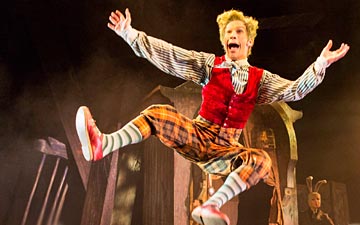
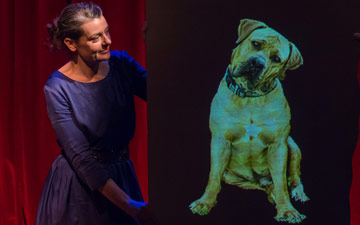
You must be logged in to post a comment.